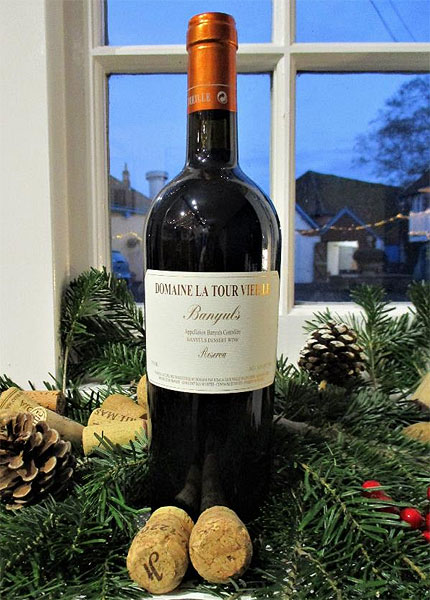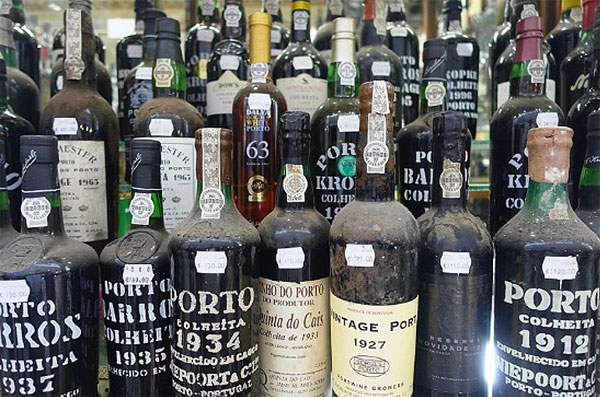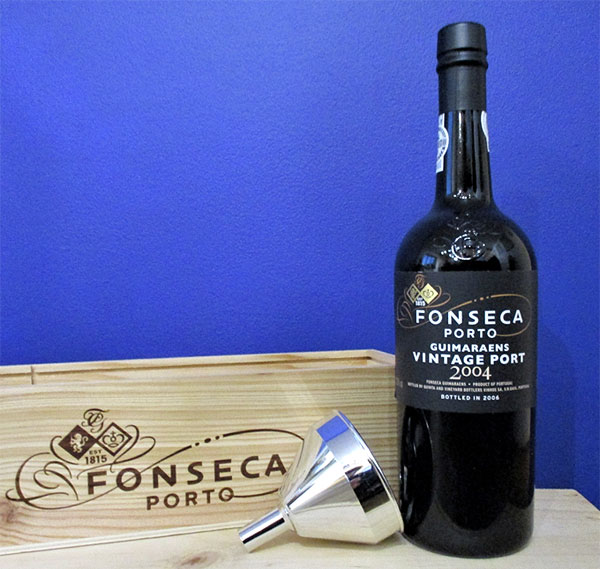(Written by Grant Berry - Shop Manager)
"The biggest problem with drinking port over Christmas is that it's a drink that perpetually arrives as a kind of bilious punctuation mark after a long procession of champagnes and wines. Port is such a good drink. It deserves a space of its own and perhaps, this year, with our pared-down Christmases, it will finally get it. A sweet, rich glass of port is a good drink for a late-afternoon slice of Christmas Cake."
Victoria Moore - The Telegraph.

Chez Yapp, we firmly believe that like our canine friends, Port shouldn't be just for Christmas. Satisfyingly comforting, its warm fruity embrace feels a bit like a hug in a glass. But seeking out a good port isn't easy: there are so many styles, producers and vintages available.
Grant's Golden Rules for Port Purchasing:
1. Decide what you like.
Port comes in loads of styles, the main being: white, rosé, tawny and ruby. For Christmas, we're looking at the most popular, tawny and ruby. Tawny ports have oaky, walnut, caramel and spicy flavours (a bit like an aged sherry) and the fruit is more baked in style. Good with Cheddar, Stilton and nuts. Ruby ports (including late-bottled and vintage ports) are all about juicy berry fruit and chocolate. Drink with chocolate puddings, drizzle a touch into mulled wine or be similarly seduced by pairing it with Stilton and a good cheese selection.

2.Navigate the minefield of labels.
Different port producers have different styles, so finding one that suits you is crucial. Some of the main port producers styles are below (for vintage ports):
Fonseca is known for exuberant plum and berry fruit.
Dow's are concentrated and drier when young.
Graham's tends to be floral with opulent forest fruit flavours.
Taylor's is full of dried and plummy fruit with lovely freshness.
Warre's have great structure and last for decades.
3. Be cautious about price.
Price is a helpful guide to quality so beware of discounts. The old adage: 'you get what you pay for' is a good guide. Ports labelled 'Ruby' are young and fresh, 'Reserve' ruby ports have a little more complexity and LBVs are the best of the non-vintage ports. Vintage, Colheita Crusted and single Quinta ports are the premium versions and best kept for a decade or so before opening.
Yapp Brothers sell one French 'tawny port', the amazing fortified wine from Banyuls in Roussillon, part of Catalonia; a late-bottled vintage (LBV) port from Fonseca, known for its exuberantly fruity style; plus a tiny few bottles of Fonseca's Guimarens Vintage Port (call to order), an earlier-drinking style of vintage port. All are made in a similar way. Grapes are macerated and pressed (sometimes still by feet) before fermentation starts. Whilst still going on, high strength alcohol is added to stop the ferment and fortify the wine. That leaves some natural grape sugars, giving sweetness. It's the ageing that makes a difference to the flavour.
Tawny port spends most of its life in large wooden casks in a hot climate before bottling. Banyuls is similar but with some solera and ageing in bonbonnes outside (spherical glass demi-johns). Gentle ageing in cask gives it lovely nutty flavours with raisined dried fruit.
LBV (late bottled vintage) are aged for 4-6 years in wooden casks to accelerate ageing while preserving fresh fruit – think plum, blackberry, forest fruits etc, with lovely freshness and spice. The time in cask rather than being bottled straight away like a vintage port speeds up the ageing meaning it can be drunk earlier but has similar flavours, without needing to lay it down for decades.

To decant or not to decant, that is the question?
Decanting is only needed for unfiltered or vintage ports where there is a sediment. To check, hold up to a strong light and if so, stand upright for 24 hours. An hour or two before serving, slowly pour into a decanter or jug holding a torch or candle underneath the neck so you can see the sediment. Some people swear (and sweat) over a fine meshed port funnel and/or muslin. The late and much-missed former Master Sommelier and Master of Wine Gerard Basset made a fabulous guide, where he suggests using a clean lady's stocking!:
https://www.decanter.com/learn/how-to/video-how-to-decant-vintage-port-15322/
Santé!
Grant.








